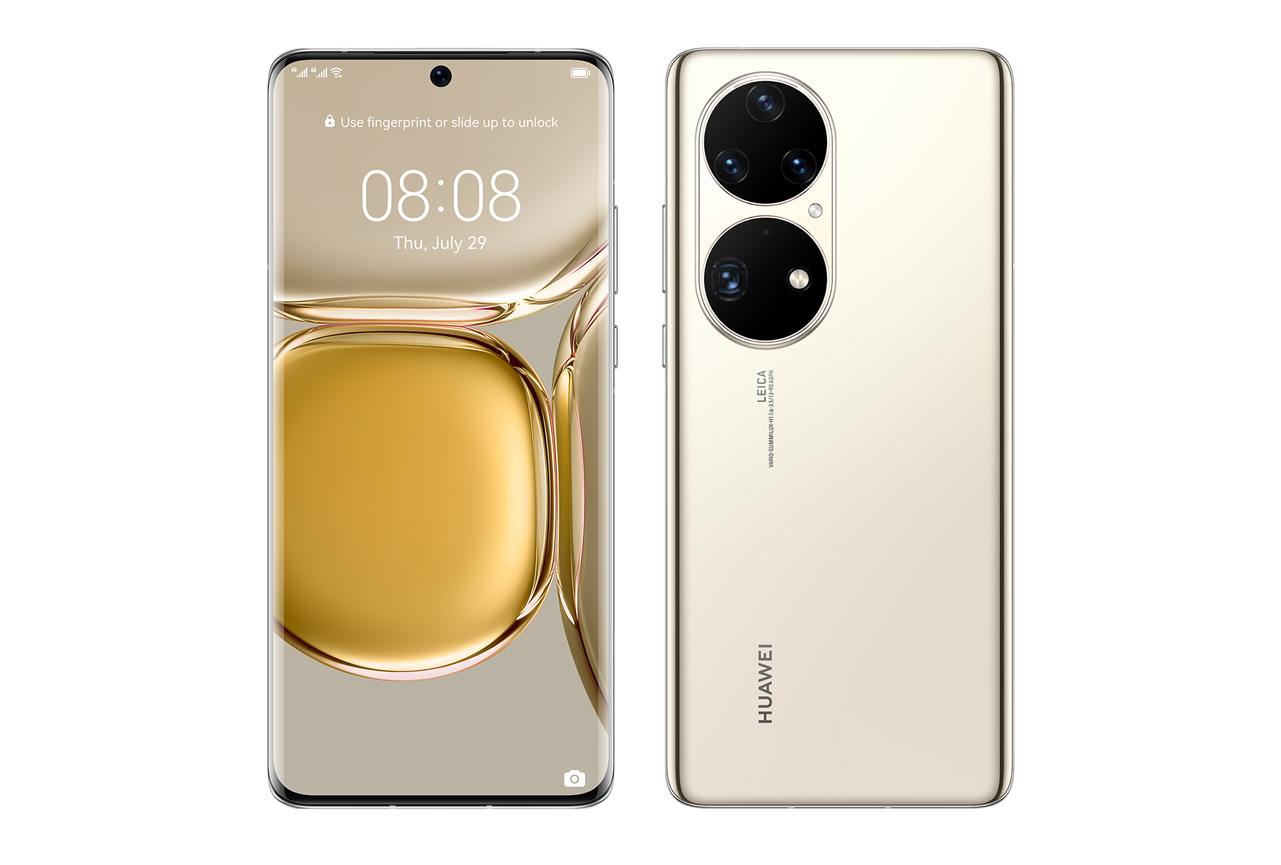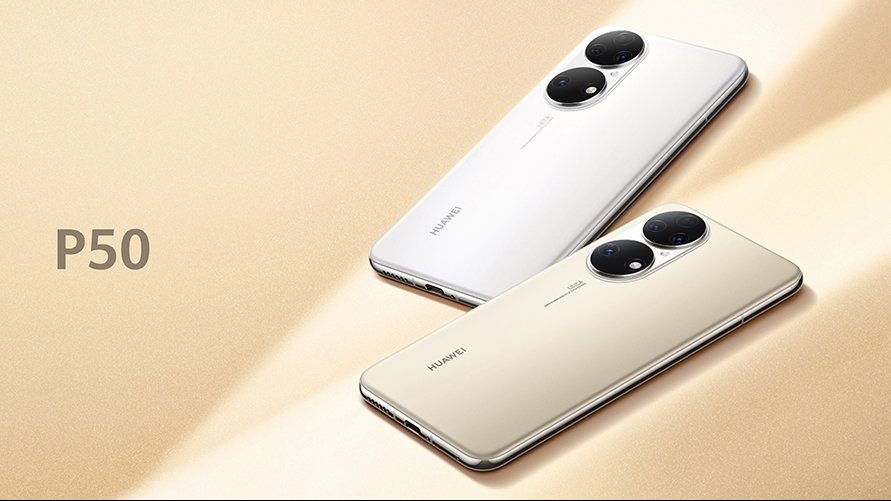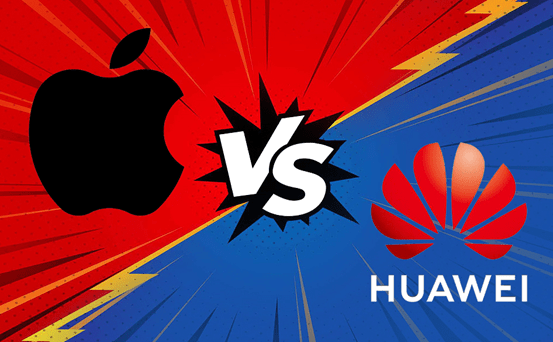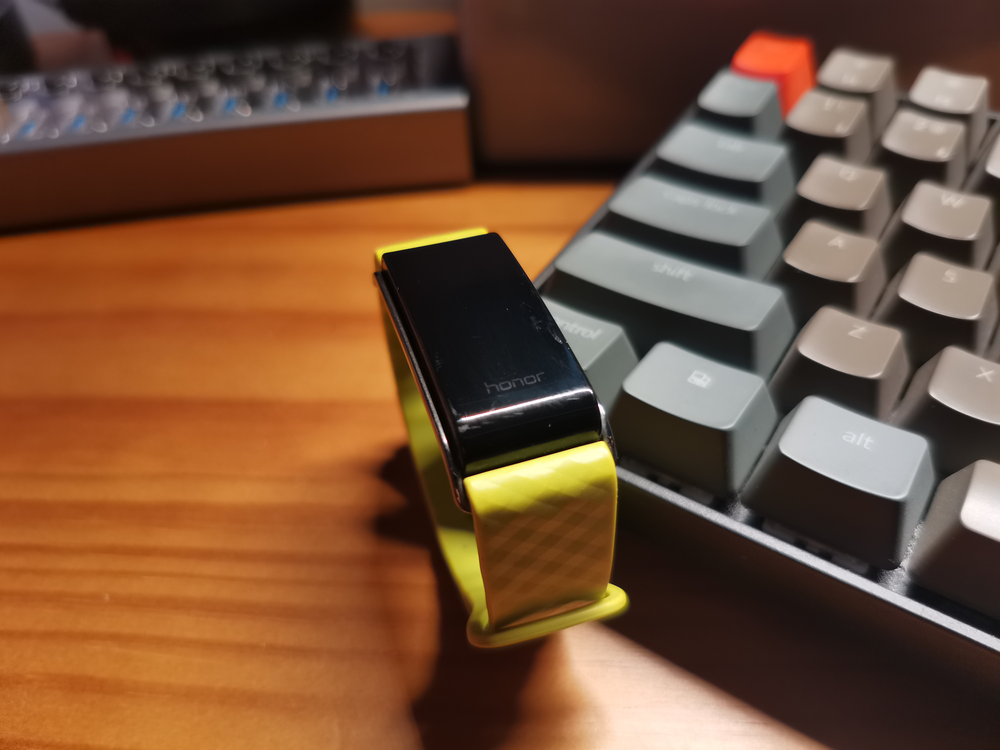In early June, Yu Chengdong said at the end of the Harmony press conference: Because of well-known reasons, the launch time of the Huawei P50 series has not yet been determined. But Huawei is working hard to find a way to provide this great product to everyone. In a short sentence, he expressed the sadness of the dystocia of the P50 series.
On the evening of July 29, the flagship Huawei P50 series finally officially met with consumers. Compared with the regular release time in previous years, this gift for the 10th anniversary of consumer business transformation was delayed by four and a half months.

The newly released P50 uses two different flagship-level SOCs, Kirin 9000 and Qualcomm Snapdragon 888. Among them, the Snapdragon 888 is a 4G mobile phone and is expected to be the main product of this distribution. And the 5G version equipped with Kirin 9000 is likely to follow in the footsteps of the Mate40 series, maintaining a scene that is hard to find. This is also the first time that Huawei has used Qualcomm Snapdragon chips in high-end flagship products.
The P50 equipped with Qualcomm 888 4G is priced at CNY4488 (8GB+128GB) and CNY4988 (8GB+256GB) respectively. The P50 Pro equipped with the Kirin 9000 chip starts at CNY5988, and the collector’s edition is priced at CNY8488.
Huawei P series has been focusing on the development and breakthrough of mobile imaging, opening up the road of Huawei’s imaging legend, and has always maintained the unremitting pursuit of shooting experience and photography aesthetics. It can be said that the P series embodies Huawei’s deep understanding of imaging power innovation.

According to Huawei, the P50 series continues to build the Huawei imaging brand through three major breakthroughs in brand-new imaging, brand-new aesthetics, and brand-new OS, further leading the new era of mobile imaging.
In terms of imaging, the P50 series introduces two major photography technologies: computational optics and color engine, bringing further improvements in mobile phone imaging.
XD Optics pioneered the “global” image information restoration system, breaking through the limitations of optical design. For the first time, it can restore the original image information at the optical imaging end, correct light errors, and restore details. By building a bridge of “real world-imaging system-post-processing algorithm”, the light and shadow of the real world are recorded and restored.

The newly upgraded XD Fusion Pro image engine introduces a primary color engine, super filter system, and super dynamic range technology to comprehensively improve the details, color, and dynamic range capabilities. Among them, the primary color engine is equipped with a new generation of environmental spectrum information acquisition systems, using a 10-channel multi-spectral sensor, with 2000+ color adjustments in the P3 color gamut. Compared with the P40 Pro, the environmental spectrum resolution is increased by 50%, and the average hue accuracy is increased by 20%. The fineness of color calibration is 5 times that of the previous generation, which more truly restores the true colors seen by the human eye. Combined with the P3 global color management of the screen, the picture is taken to display “what you see is what you get”. At the same time, HUAWEI P50 Pro adopts a new super filter system, two primary color cameras work together, compared with P40 Pro, the main camera light input is increased by 103%, and the low-light image quality is fully upgraded. The brand-new super dynamic range technology increases the dynamic range capture ability by 28%, creating a more layered picture quality, and shooting against the light is also easy.
The HUAWEI P50 series not only has an excellent technical concept, but the primary color dual image unit also realizes the upgrade and evolution of the experience of primary color imaging, ultra-clear zoom, fast flash shooting, and AIS Pro super anti-shake. In addition, the P50 Pro also has a 200x zoom range, from the beautiful close-up to the scenery outside the 100x zoom, it can be presented more clearly, and the ultra-wide-angle lens can also achieve 2.5cm ultra-macro shooting. The HUAWEI P50 series brings a 4K video shooting experience at all focal lengths, both dynamic and static. The new AIS Pro super anti-shake helps to shoot high-magnification video, which can be held steady.
In terms of appearance design, the P50 series pioneered the use of a double-ring design. The highly iconic “ring of all phenomena” presents an all-encompassing sense, representing the infinite possibilities of the P series in image and design. HUAWEI P50 Pro pursues simplicity and purity in color, launching four static colors of cocoa tea gold, dawn pink, dark gold black, and snowy white, bringing consumers a more advanced and elegant use and aesthetic experience.

The innovative breakthrough of P50 dynamic color lies in the alternating rhythm of light and shadow. These dynamic colors come from the industry-leading millisecond-level electrochromic process. After the power is turned on, the diaphragm under the glass is opened, and the current makes the direction of the crystal flow back quickly, light can penetrate, and the surface material changes from a matte surface to transparent, showing ripples effect.
Affected by US sanctions, the Huawei P50 series uses the flagship chips Kirin 9000 and Snapdragon 888 4G with 5nm process technology.
Yu Chengdong said frankly that Huawei is a global leader in 5G technology, as well as a global leader in communications technology. In the past two years or more, the United States imposed four rounds of sanctions on Huawei to restrict Huawei’s 5G mobile phones. As a result, Huawei can only use 4G products. Huawei’s 5G chips can only be used as 4G. However, because of its leading communication technology, Huawei even uses 4G. With Wi-Fi6, strong communication performance is still achieved through AI heterogeneous communication technology.




